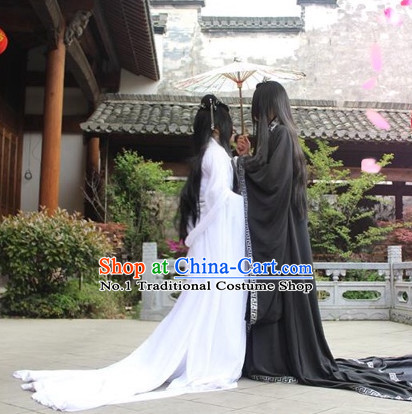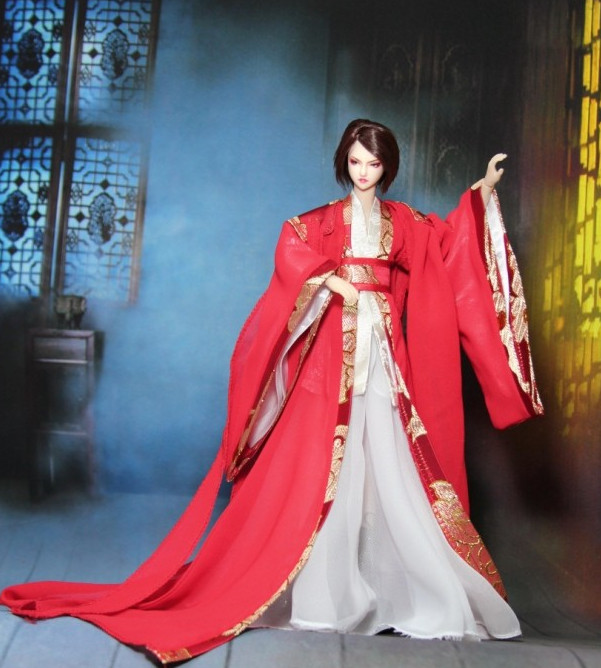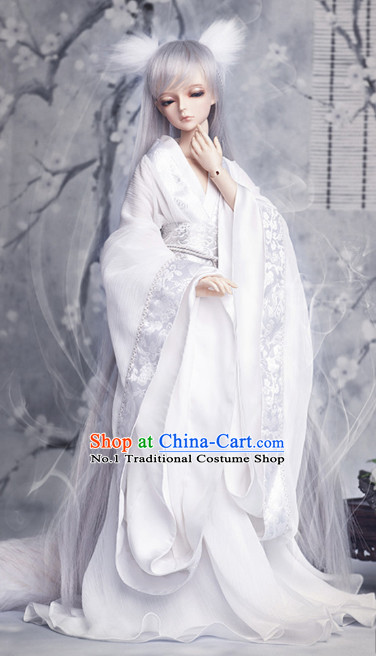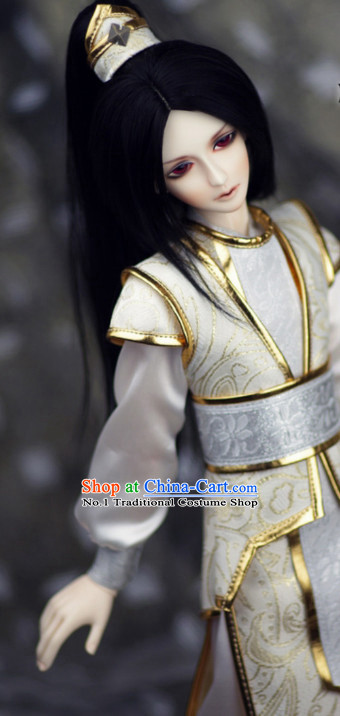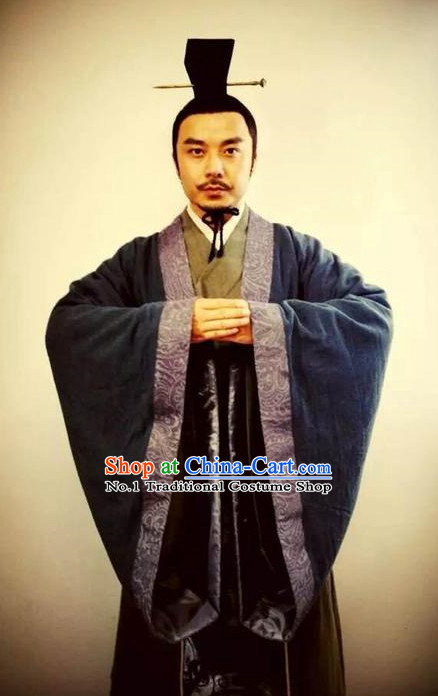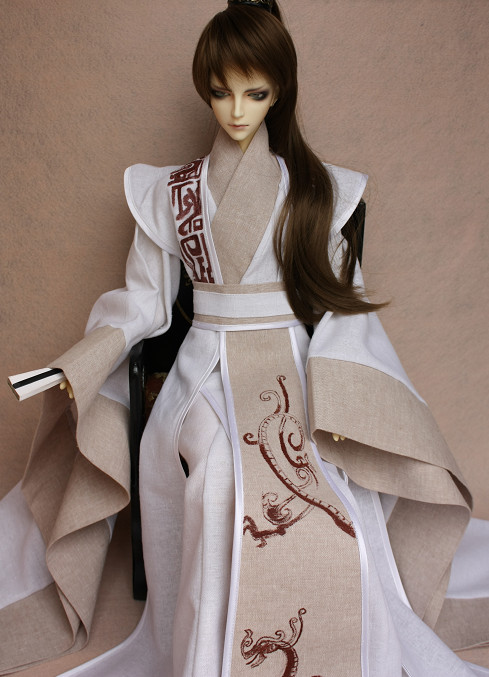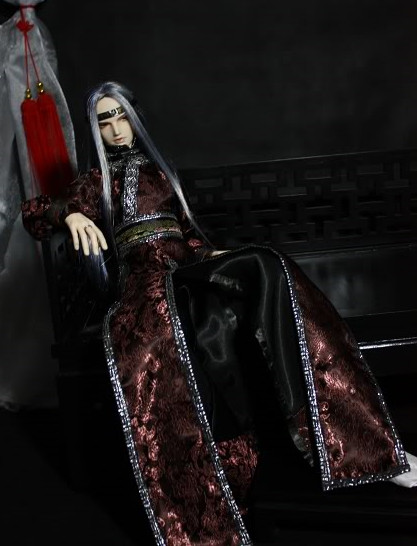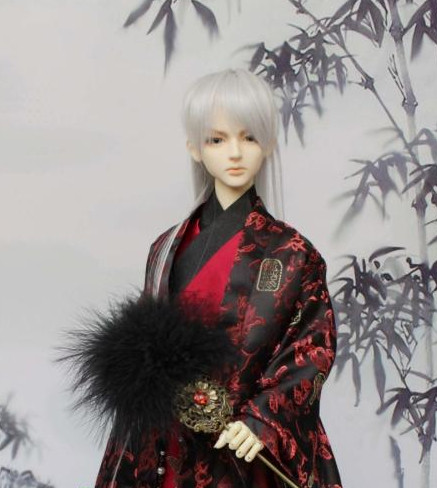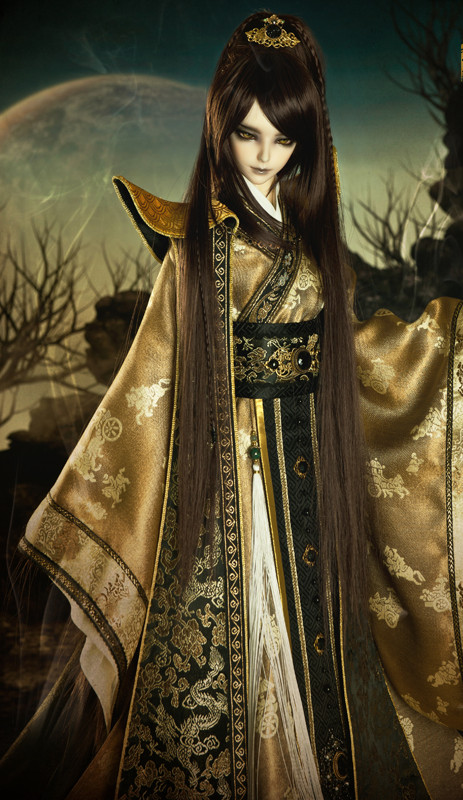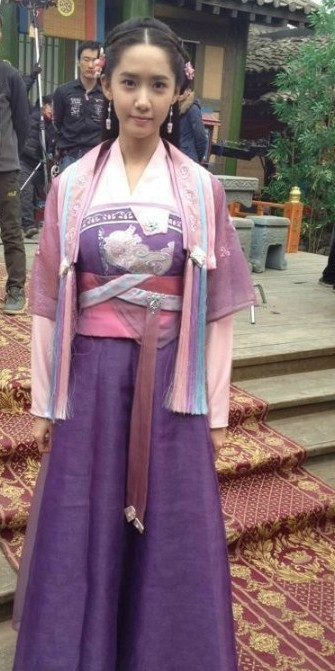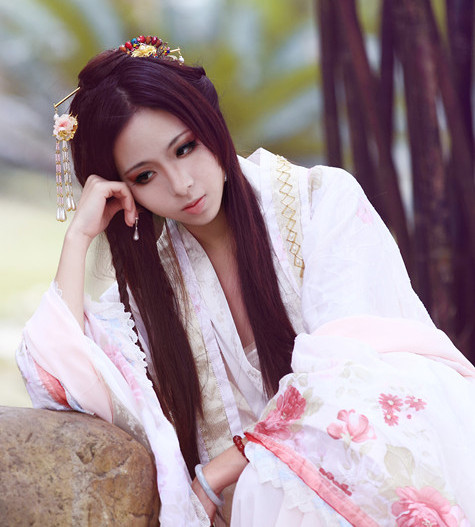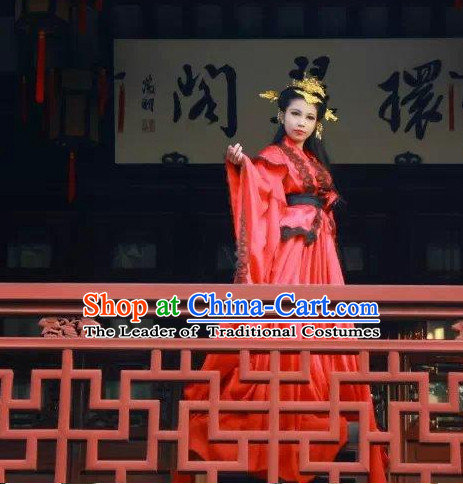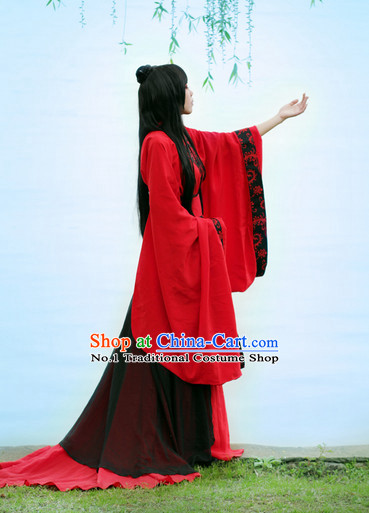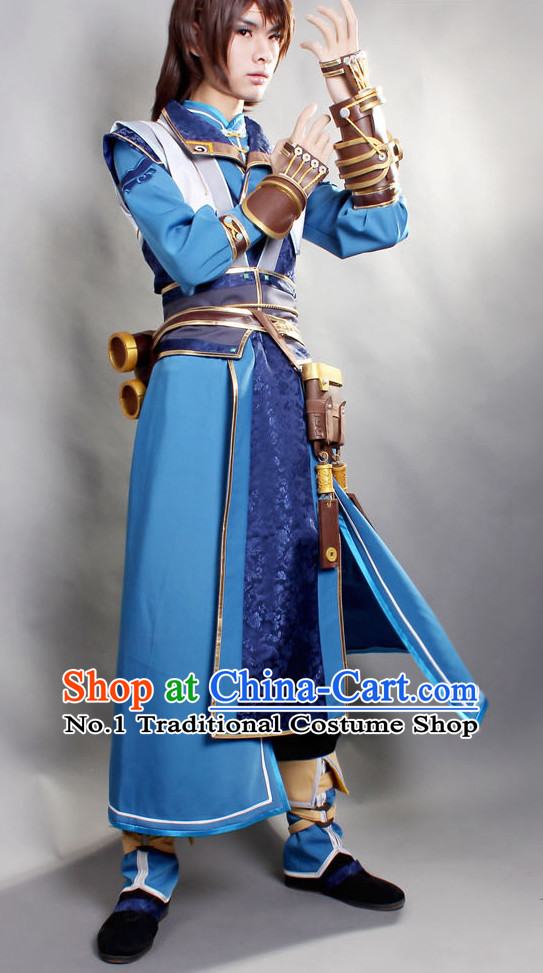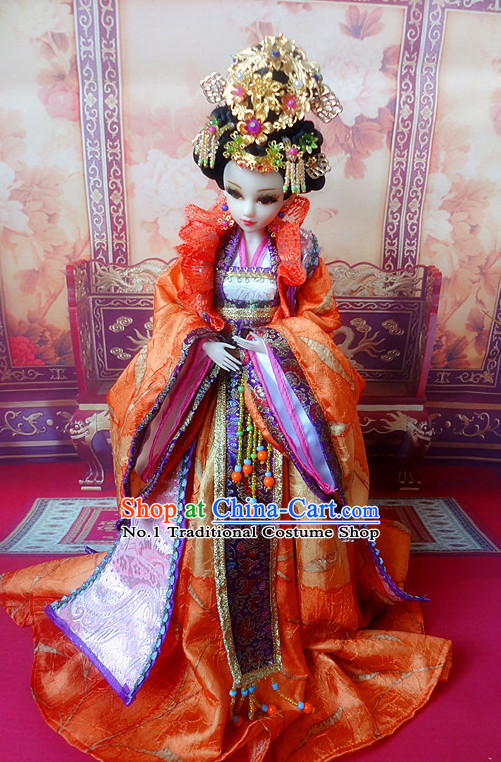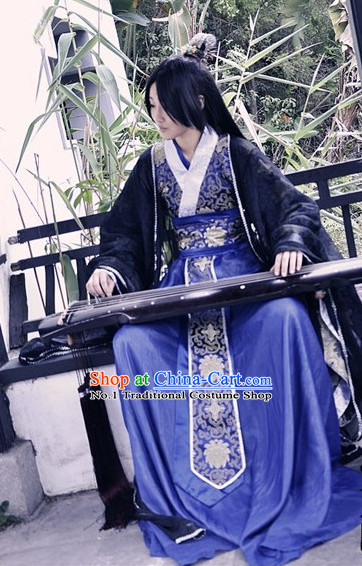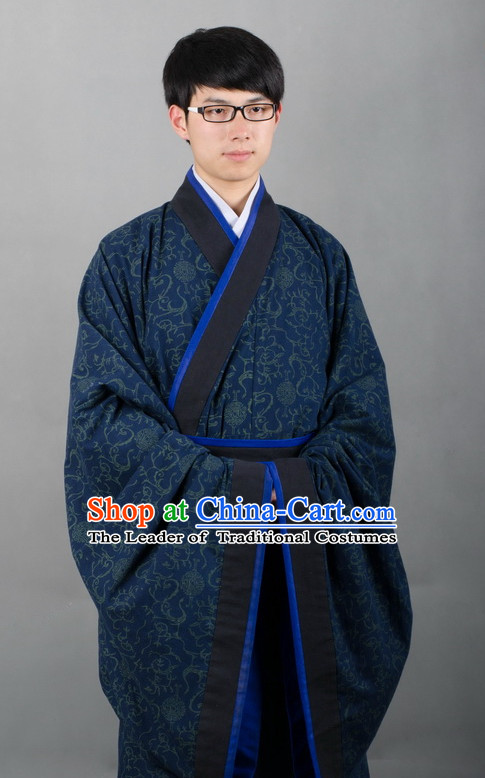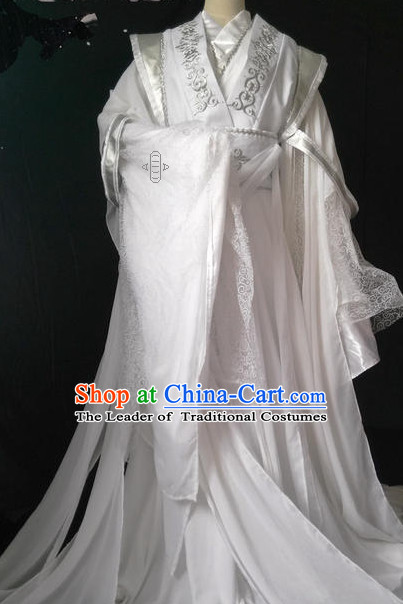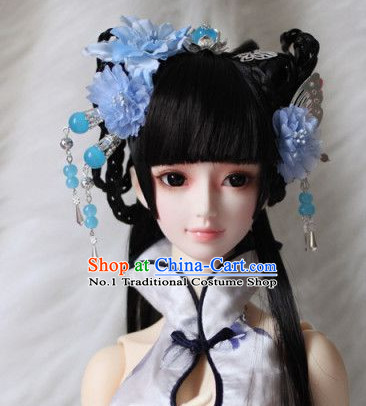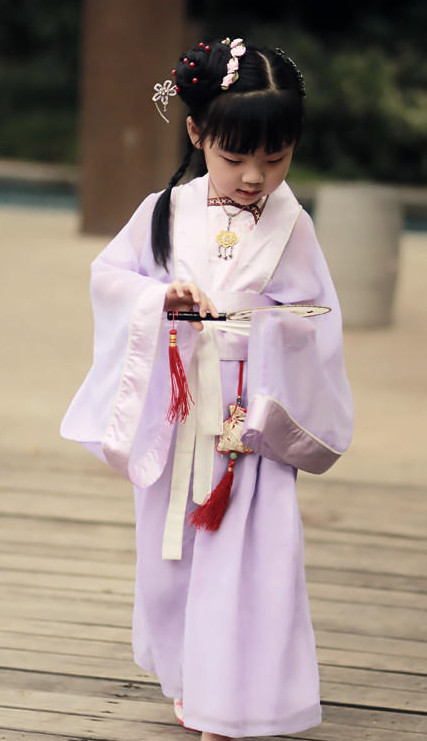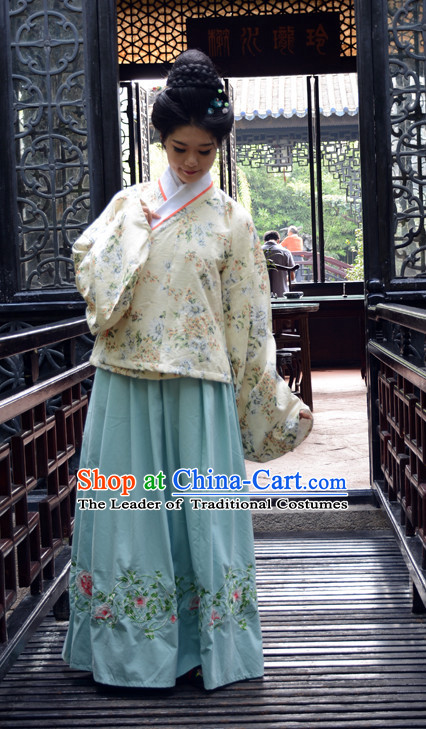
Click Related Pictures for More Audios:
The Chinese Hanfu Culture
Hanfu, as a type of traditional attire in China, originated from the Han Dynasty and has undergone thousands of years of development and evolution to become a unique cultural symbol.
The characteristics of Hanfu are simplicity, elegance, and gracefulness, which reflect the essence of ancient Chinese culture.
In modern society, Hanfu has become a fashion trend, with more and more people paying attention to and appreciating Hanfu culture.
The history of Hanfu can be traced back to the Qin Dynasty in 206 BC.
At that time, after Emperor Qin Shi Huang unified the six states, he implemented a series of cultural policies to consolidate his ruling position, including standardizing clothing.
He established a set of standard clothing system called "Yi Guan Li Yue" (the dress code for officials) and required people to wear it according to this system.
This system was inherited and developed by subsequent dynasties and became an important part of traditional Chinese culture.
Hanfu design pays great attention to details and craftsmanship.
Its fabrics are usually made of natural materials such as silk and cotton, with bright colors and exquisite patterns.
Hanfu styles are also diverse, including long robes, short shirts, pleated skirts, and other different styles.
In addition, Hanfu emphasizes the selection of accessories such as hair decorations, waistbands, shoes, etc.
, which all have certain symbolic meanings.
With the changes of times and social development, Hanfu gradually faded out of people's sight.
However, in recent years, with people's renewed understanding and emphasis on traditional culture, Hanfu has returned to people's lives.
More and more people start wearing Hanfu to participate in various activities such as weddings, festival celebrations, etc.
At the same time, some designers also begin to integrate Hanfu elements into modern clothing design, creating many fashion items with Chinese characteristics.
In conclusion, Hanfu, as an important element of traditional Chinese culture, has rich historical connotations and cultural significance.
It not only represents the essence of ancient Chinese culture but also reflects people's love and pursuit of traditional culture.
In the future, we should cherish and inherit this precious cultural heritage even more.
